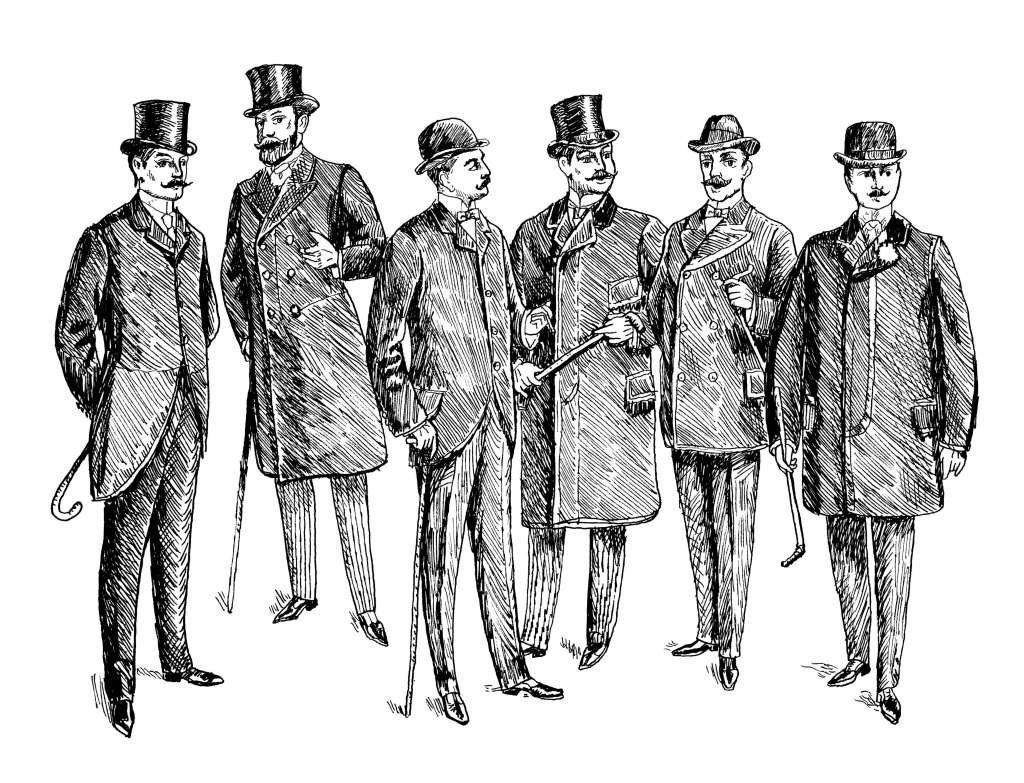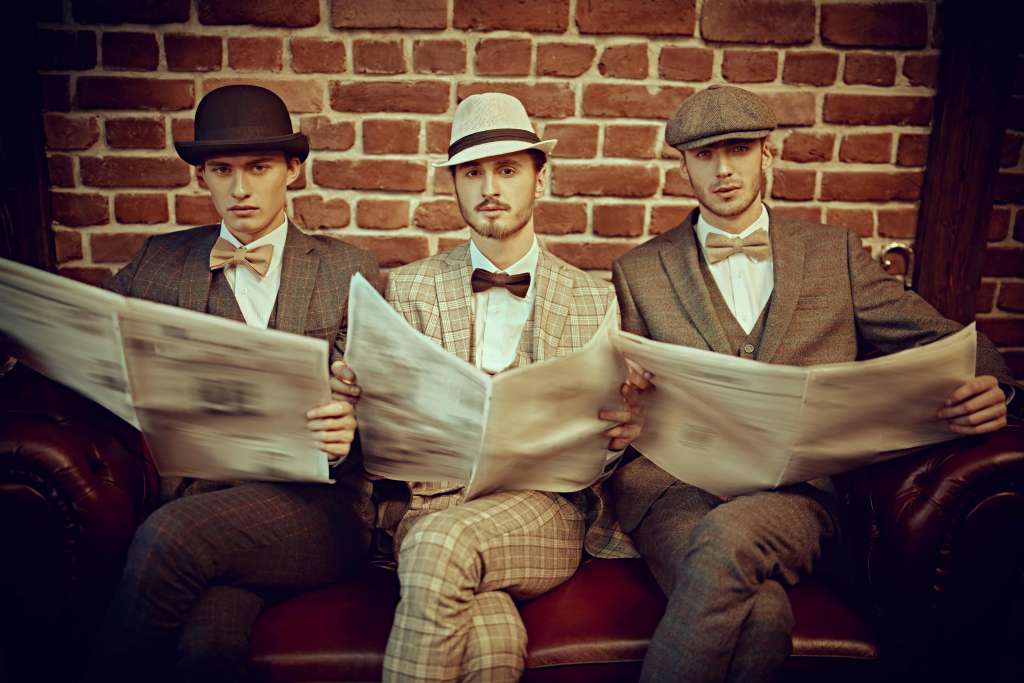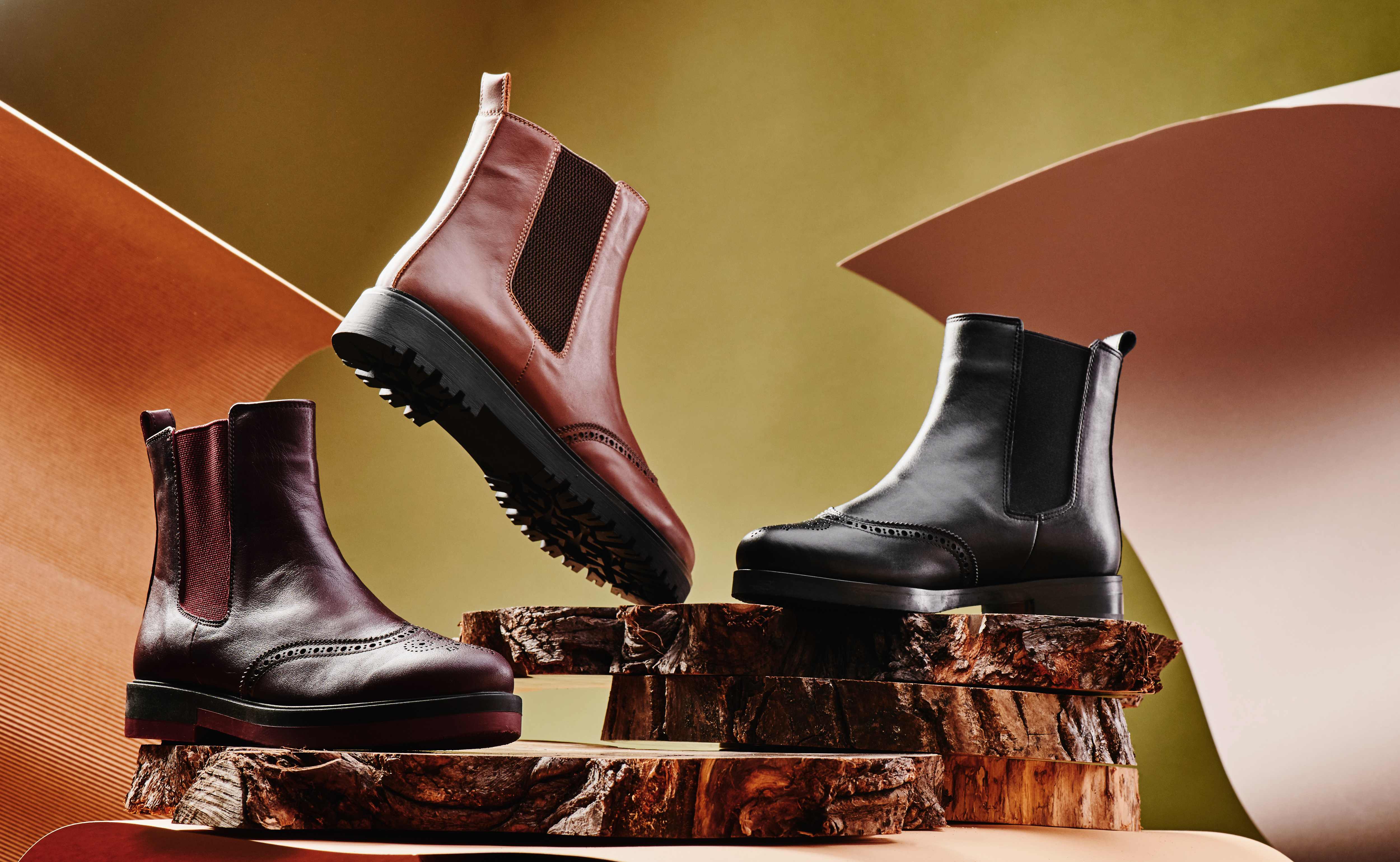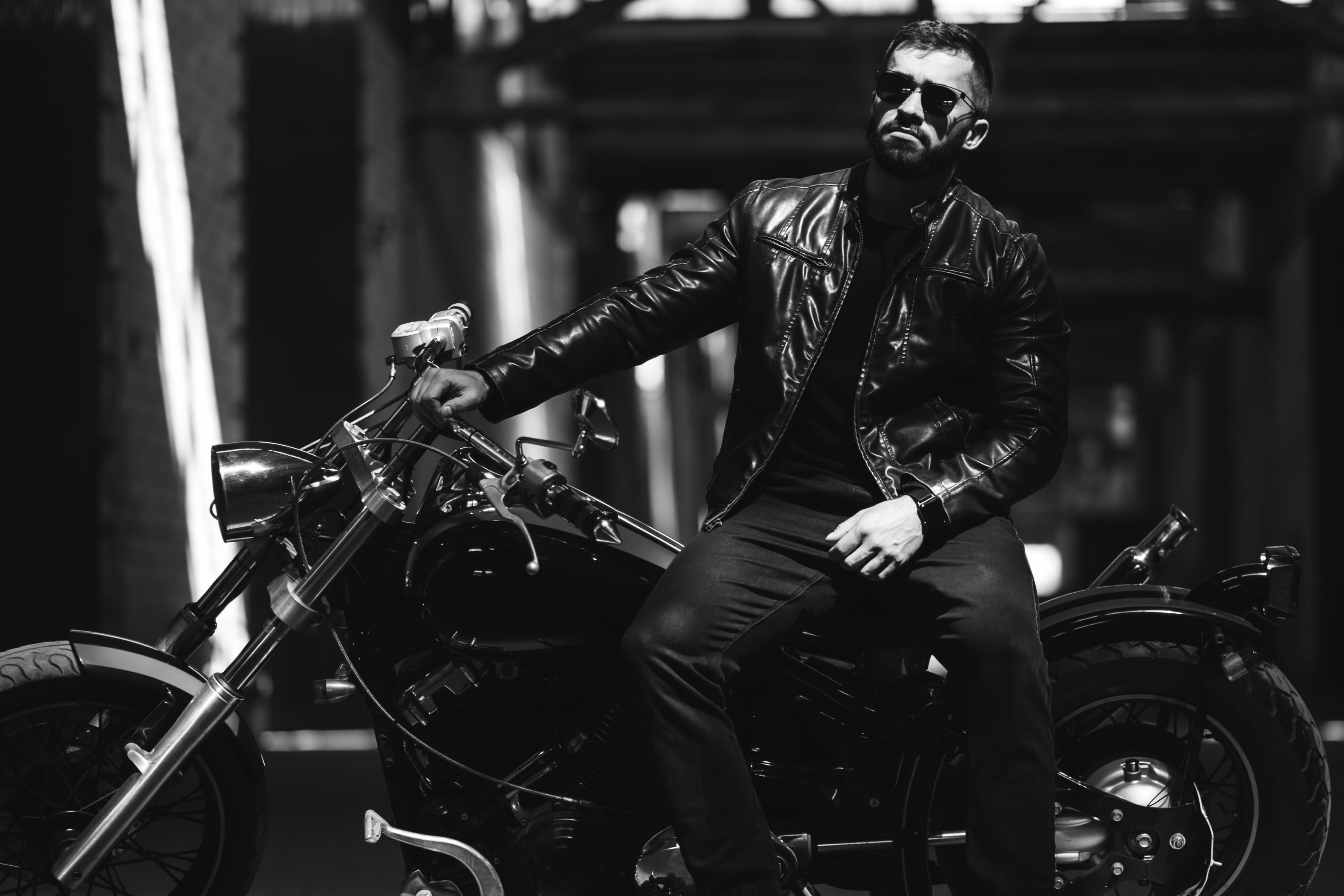The History of the Men's Suit: Where Did it Come From?


Summary: Men's suit has been, and continues to be, a symbol of power and sophistication for centuries. It can be traced back to medieval times and has undergone many changes since then. From the tuxedo to the power suit, the men's suit has played an important role in shaping the fashion world. As the fashion industry continues to change, the men's suit continues to evolve and remains a stylish statement piece in men's fashion.
Introduction
The men's suit is one of the most enduring and iconic pieces of menswear in fashion history. It has been a symbol of power, sophistication, and style for centuries. Defined as a matching set comprising a jacket, pants, and sometimes a vest, typically crafted from the same material, the suit has played an important role in shaping men's fashion.
The suit has come a long way since its origins, evolving and adapting to changing trends and styles over the years to become the versatile and stylish garment that it is today.
From the Middle Ages to the present day, the men's suit has been a constant presence in menswear, reflecting the values, tastes, and attitudes of each era. Whether dressed up for a formal event or dressed down for a more casual occasion, the men's suit remains a timeless and essential piece of menswear, offering both practicality and style to the modern man.
Origin of the Men's Suit

The roots of the men's suit can be traced back to the Middle Ages when it was worn by knights. During the Renaissance, the suit became more inclusive of the general population, and by the 19th century, the modern version of the men's suit was in the making.
Middle Ages
The earliest origins of the men's suit can be seen during the Middle Ages when knights would wear matching tunics and hoses. These tunics were often made from heavy materials and were designed for protection on the battlefield. The style of these tunics and hoses became popular among civilians, eventually leading to the development of the modern suit.
Renaissance
During the Renaissance, the suit evolved into a more civilian garment and became more streamlined and fitted. Men's suits of this period were often made from luxurious materials, such as velvet and silk, and were decorated with gold and silver embellishments. The style of the suit became more refined during this period, focusing on a flattering and fitted silhouette.
19th Century
By the 19th century, the modern version of the men's suit had taken shape and became a popular choice for businessmen and politicians. The style of the men's suit became more sophisticated during this period, focusing on a sharp and clean look. The 19th century also saw the introduction of the waistcoat or vest as a standard part of the men's suit, adding an extra layer of formality to the outfit. By the end of the century, the men's suit had become a staple in menswear and remains so to this day.
Evolution of the Men's Suit
Throughout history, the suit has undergone many changes in men's fashion. In the 1700s and 1800s, men's suits were often worn in a more relaxed and comfortable manner, with loose-fitting jackets and pants. Over time, men's suits became more fitted and tailored, with a more streamlined look and a resurgence of color and pattern, with the introduction of stylish blazers for men in various shades and styles.
1700s - 1800s
During the 1700s and 1800s, men's suits underwent several changes, reflecting the fashion trends of the period. The jacket of the men's suit became longer and wider, with exaggerated sleeves and lapels, reflecting the ornate and elaborate fashion of the Rococo and Baroque periods.
1900s - 1950s
During the early 1900s, the men's suit became more streamlined and sophisticated, with a focus on a clean and simple look. The jacket of the men's suit became shorter and more fitted. In the 1950s, the men's suit underwent a dramatic change with the introduction of the iconic "greaser" look, characterized by tight leather jackets and skinny trousers.
The 1960s - Present Day
In the 1960s, the men's suit underwent a major transformation with the introduction of the "mod" look, characterized by bright colors, bold patterns, and skinny fits. The men's suit became more relaxed and casual, with a focus on comfort and versatility. From classic, timeless styles to modern, fashion-forward looks, the suit remains a staple in men's fashion and is a versatile and stylish option for any occasion.
Iconic Men's Suit Moments in History

The Tuxedo
The tuxedo—a black dinner jacket and matching pants—has become a symbol of elegance and sophistication. It was introduced in the late 1800s and has since become a staple for black-tie events.

The Power Suit
The power suit, characterized by its broad shoulder pads and sharp lines, became popular in the 1980s. This semi-formal dress for men was a symbol of success and was often worn by business executives and politicians.

The Designer Suit
In recent years, the menswear industry has seen a resurgence of designer suits. These suits are crafted with high-end materials and feature unique patterns, colors, and styles.
The Men’s Suit: Now and Beyond

The history of men's suits is one of evolution and change. From its roots in medieval times to its current status in men's fashion, the men's suit has remained a symbol of power and sophistication. As the fashion industry continues to change, it will be interesting to see how the men's suit continues to evolve and become a stylish statement piece in menswear. Regardless of the latest men's suit styles, this classic piece of menswear will always remain an essential element of a well-dressed man's wardrobe.
Key Takeaways
- The men's suit has a rich history, evolving from medieval times to its current status as a staple in menswear.
- Iconic moments in the history of the men's suit include the tuxedo, the power suit, and the designer suit.
- The men's suit continues to be an important piece of menswear, offering both practicality and style to the modern man.
Brands looking for flawless quality men's suits, tailored under the guidance of experts in sophisticated infrastructure, must get in touch with the Fashinza.
Launch a new collection with Fashinza. Speak to an expert today!



















